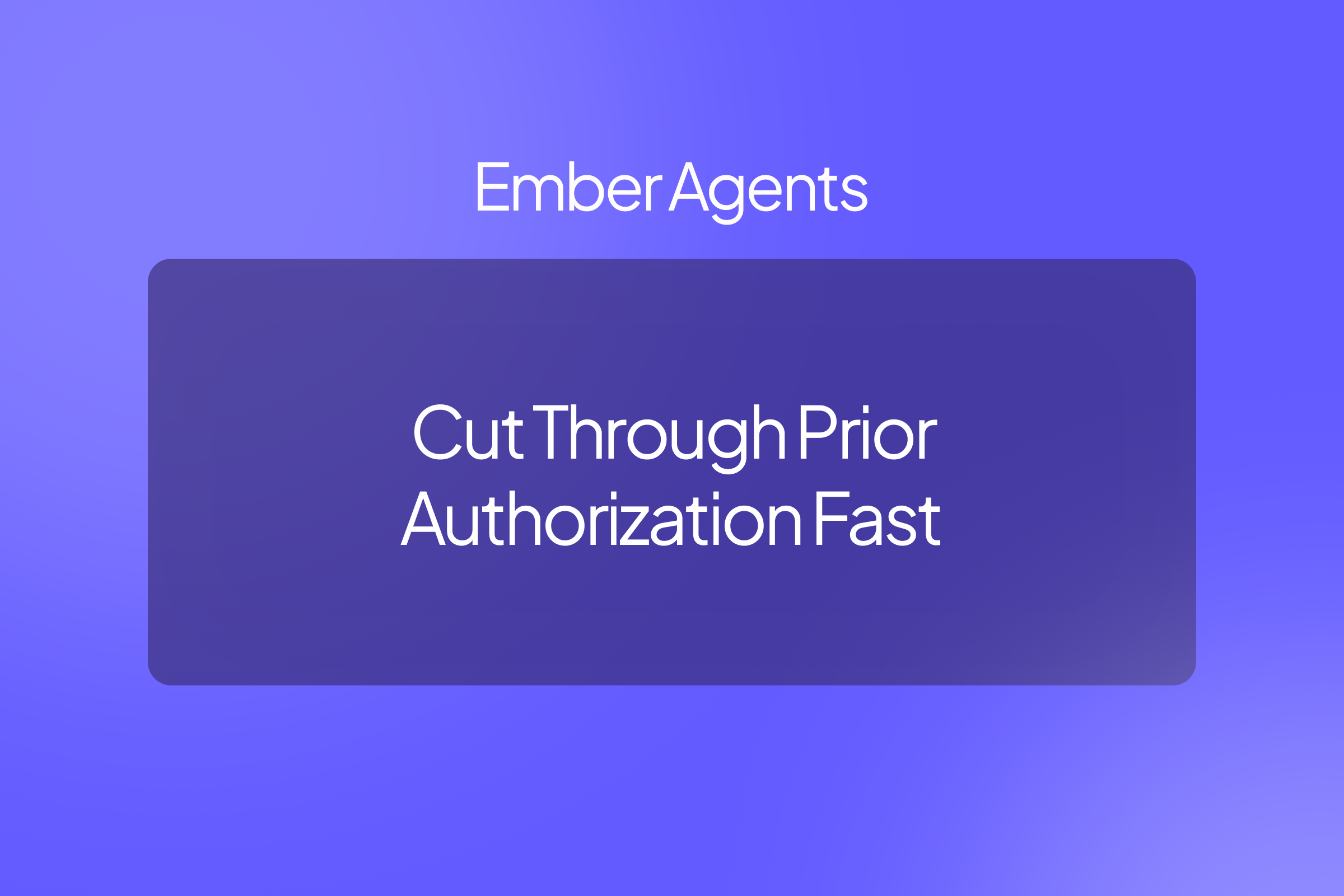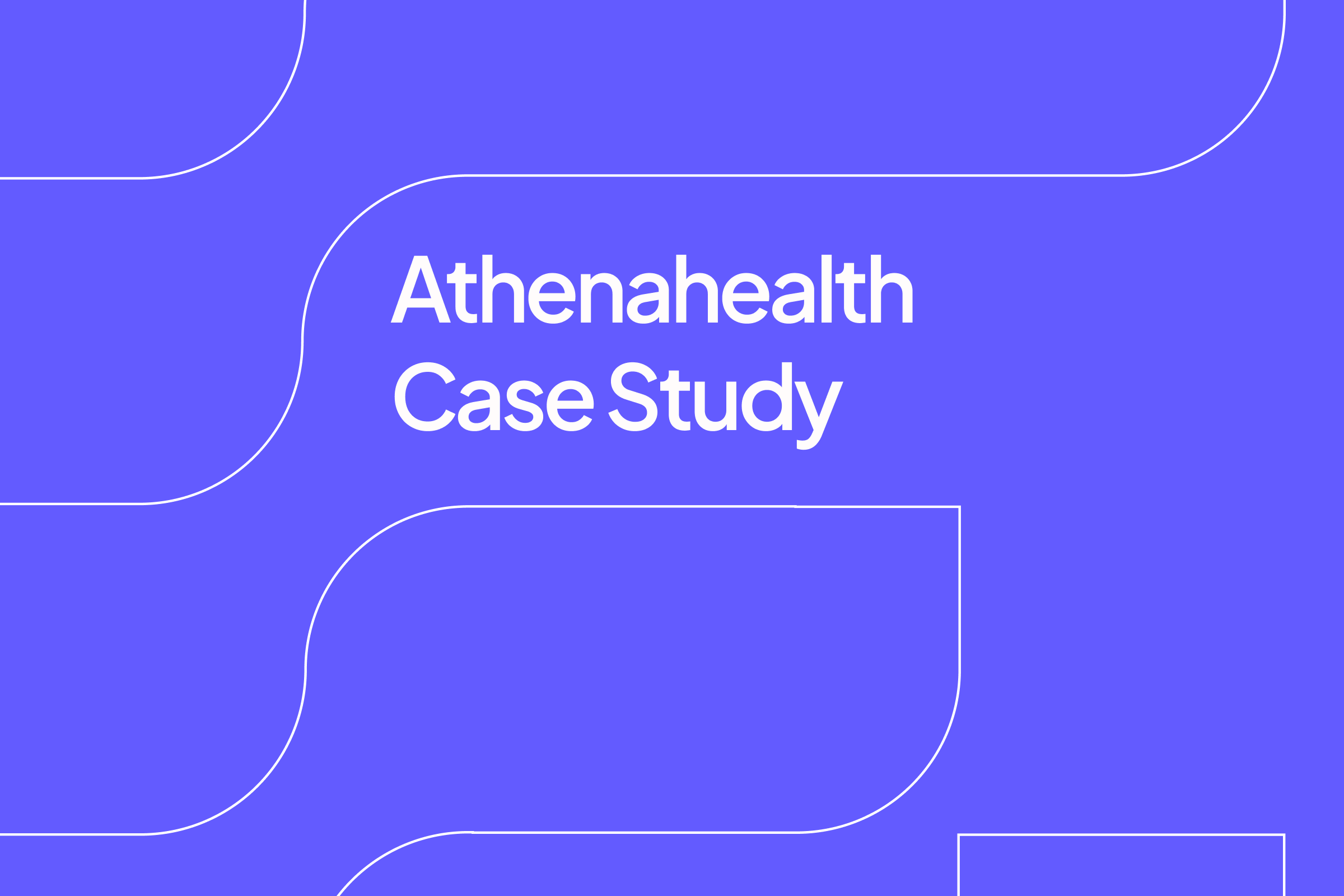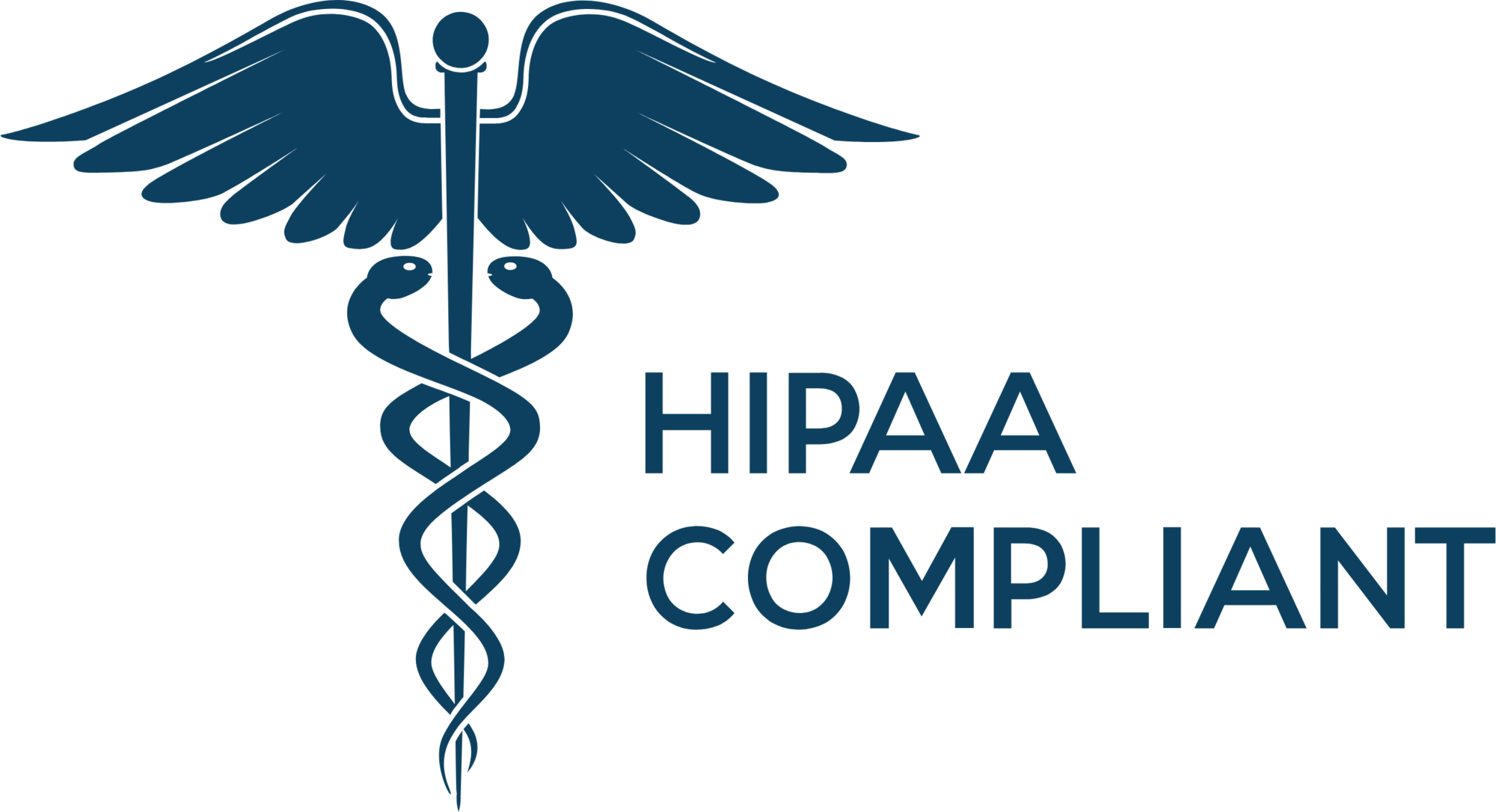
Decoding PR-1 Denials: A Comprehensive Guide for Healthcare RCM Teams
1. What Does PR1 Claim Denial Mean?
Explaining PR1 in simple terms
PR1 indicates that the claim was denied due to deductible amount requirements not being met. The "PR" prefix signifies that this is a patient responsibility denial, meaning the patient is responsible for paying these charges as part of their deductible obligation.
Why this denial happens and what it means for your claim
- Patient has not met their annual deductible amount
- The service provided is subject to deductible requirements
- The timing of service falls within a new benefit year
- Multiple claims may be affected until deductible is satisfied
2. Top Reasons Claims Are Denied (Including PR1)
Common causes of claim denials
- Beginning of benefit year when deductibles reset
- Multiple services provided before deductible satisfaction
- Incorrect benefit information or outdated deductible tracking
- Misunderstanding of plan-specific deductible rules
- Coordination of benefits issues affecting deductible calculations
How PR1 compares to other denials
PR1 denials are unique because they don't indicate an error in coding or documentation, but rather reflect the patient's current benefit status. These denials are typically straightforward to understand but can be complex to manage due to timing issues and the need to track running deductible totals across multiple providers. Unlike many other denials, PR1s often cluster at the beginning of benefit years and require careful patient communication about financial responsibility.
3. How Claim Denials Like PR1 Affect Your Revenue
The financial and operational impact of denied claims
- Delays in payment while awaiting deductible satisfaction
- Increased need for patient billing and collection efforts
- Higher risk of bad debt from large deductible amounts
- Additional staff time spent tracking deductible status
Why addressing denials is critical for your practice
Managing PR1 denials effectively is essential for maintaining steady cash flow, especially during peak deductible periods. These denials can create significant revenue cycle bottlenecks if not handled properly. Early identification and proactive patient communication about deductible responsibilities help prevent payment delays and reduce collection challenges. Understanding deductible patterns can also help practices better prepare for seasonal variations in cash flow.
4. The Key to Reducing PR1 Denials
Actionable steps to minimize this specific denial
Effective management of PR1 denials requires robust pre-service financial clearance processes. This includes real-time deductible verification, clear patient communication about financial responsibility, and implementation of point-of-service collection programs. Teams should develop automated tracking systems for deductible status and establish protocols for collecting from patients when services will apply to deductible.
Best practices for improving claim accuracy
Success in managing PR1 denials depends on accurate benefit verification and proactive patient engagement. Practices should implement comprehensive financial clearance processes, including real-time eligibility verification, automated deductible tracking, and clear patient communication protocols. Regular staff training on insurance benefit structures and deductible policies helps ensure consistent handling of these cases. Additionally, establishing strong patient financial counseling programs helps manage expectations and improve collection rates.
5. How Ember Can Help
Spot Claim Denials Before They Happen
- Predictive analytics flag high-risk claims automatically
- Alerts notify staff about missing authorizations
- Network status checks ensure compliance.
- Real-time eligibility verification avoids surprises later
Turning Denials Into Opportunities
Ember doesn’t just help resolve denials—it helps you learn from them. By analyzing patterns in denial data, you can identify recurring issues and improve processes. This ensures:
- Better understanding of claim requirements
- Improve staff training and workflows
- Fewer denials overtime, with actionable insights to make smarter decisions
Turning challenges into opportunities leads to stronger performance and fewer claims falling through the cracks.
Making the process easier, faster, and more efficient
Ember improves every step of the denial management process by automating tasks such as eligibility checks and verification. With Ember, you can:
- Save time by reducing manual work.
- Provide staff with clear alerts and next steps for resolution.
- Ensure a faster and more reliable claim submission process.
Ember Copilot helps reduce the effort required, lowers denial rates, and boosts overall efficiency for your team.
Lynn Hsing is a recognized leader in healthcare marketing. Having worked closely with health systems and providers, Lynn brings a nuanced understanding of the challenges they face — from administrative burden and claim denials to reimbursement delays and staff shortages. This firsthand insight has shaped Lynn’s ability to translate complex AI solutions into meaningful value for healthcare organizations.








